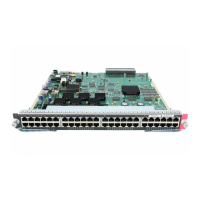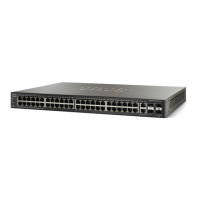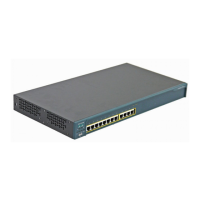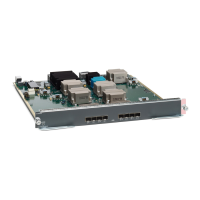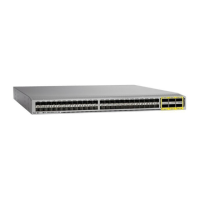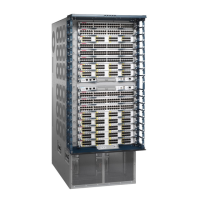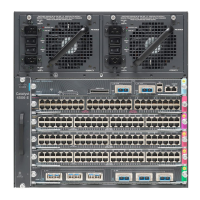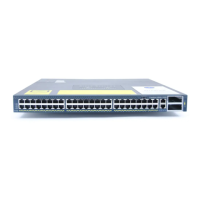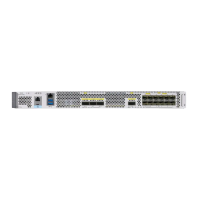7-8
Cisco TrustSec Configuration Guide
OL-22192-01
Chapter 7 Cisco TrustSec Command Summary
cts cache
formation of the CTS cloud upon reboot, improving network availability, and reducing the load on the
ACS. Caching can be stored in volatile memory (information does not survive a reboot) or nonvolatile
memory (information survives a reboot).
Examples The following example enables cache support:
Router# config t
Router(config)# cts cache nv-storage disk0:
Router(config)# cts cache enable
Related Commands Command Description
clear cts cache Clears the content of the keystore.
show cts keystore Displays the content of the keystore.
cts rekey
cts credentials

